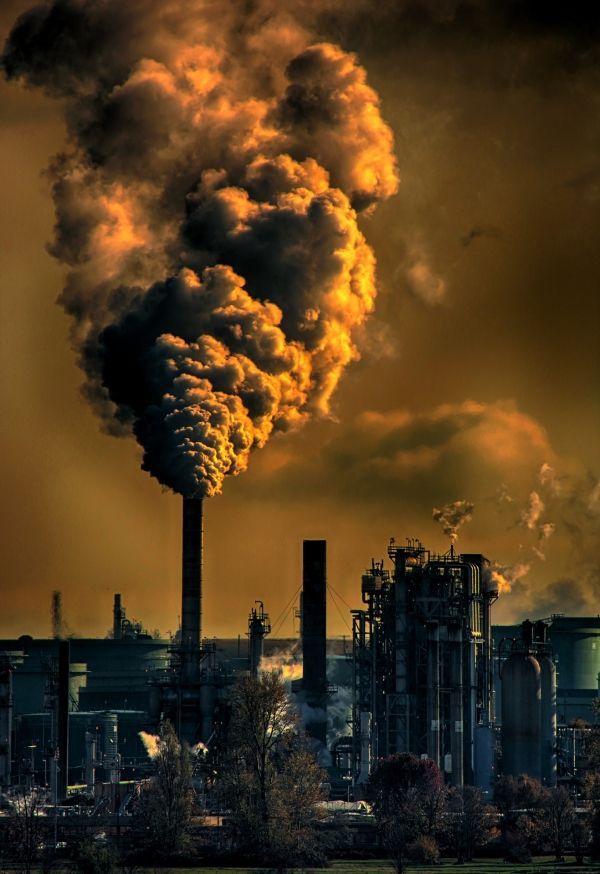Air pollution has smothered China’s cities in recent decades. In response, the Chinese government has implemented measures to clean up its skies. But are those policies effective? Now an innovative study co-authored by an MIT scholar shows that one of China’s key antipollution laws is indeed working — but unevenly, with one particular set of polluters most readily adapting to it.
The study examines a Chinese law that has required coal-fired power plants to significantly reduce emissions of sulfur dioxide, a pollutant associated with respiratory illnesses, starting in July 2014. Overall, the researchers found that with the policy in place, the concentration of these emissions at coal power plants fell by 13.9 percent.
“There is a significant drop in sulfur dioxide concentrations around the policy deadline,” says Valerie Karplus, an assistant professor at the MIT Sloan School of Management and co-author of a newly published paper detailing the results. “That’s really important. The stakes are really high in China.”
However, that top-line result comes with some quirks. The law called for greater sulfur dioxide emissions reductions in regions that were more heavily polluted and are more populous, yet those places — known as “key” regions in policy terms — are precisely where plants have been least compliant, the researchers found.
Read more at Massachusetts Institute of Technology
Image via Pixabay


